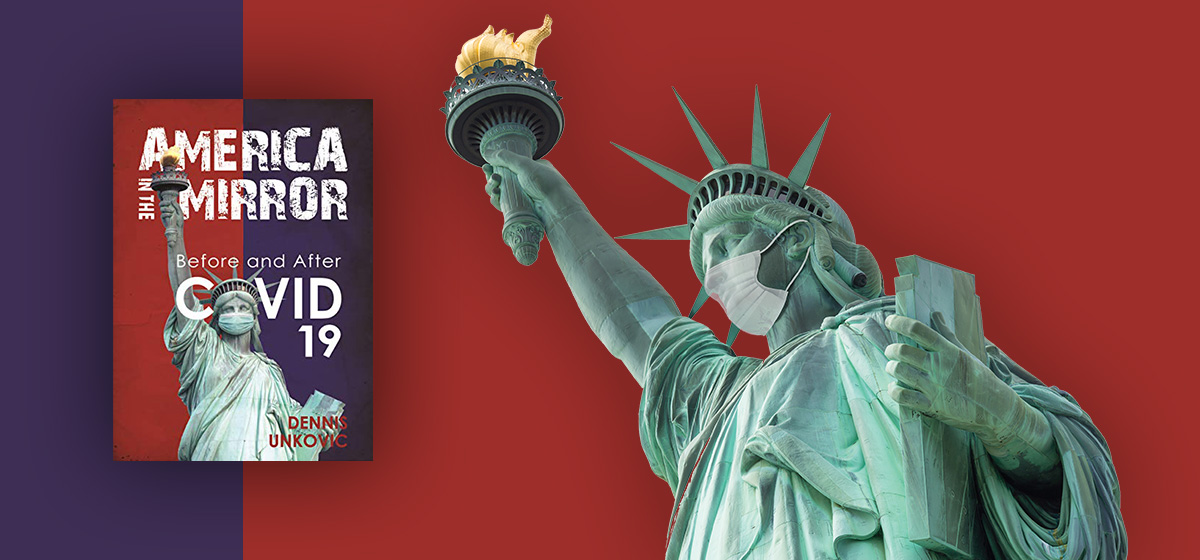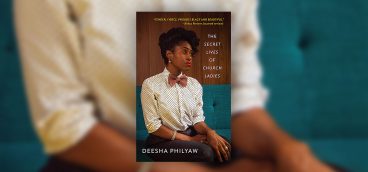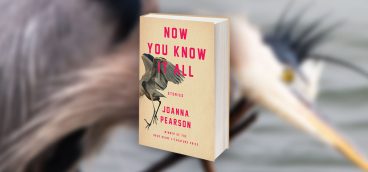
Following the results of the historic November 2018 midterm elections, I found myself, at times, both amazed and appalled. My reaction was not as a result of the outcome of the midterm elections. Rather, it was the increasingly sharp divisions between the Republican and Democratic parties, which became even more strident over the next several months, that concerned me. At the time I was reminded of the late Marvin Hamlisch. I was fortunate enough to know Marvin when he was the Pittsburgh Symphony’s Pops series conductor for 17 years. Marvin once told me how he often was asked to serve as a judge at the famous Julliard Music School in New York. His job was to evaluate the potential of young pianists who hoped to study there, and he decided whether or not a pianist received a coveted admission. Each potential student had a live audition. The student was given up to three minutes to play any piece he or she wanted—classical, jazz, rock music. The students would play their hearts out and Marvin would listen and then decide. He once asked me, “How long do you think I needed to make up my mind during the three minutes?” I said I had no idea. I will never forget when Marvin said, “It takes just 11 seconds. It was obvious to me by then.” A bit like Marvin Hamlisch, it was clear to me the midterm elections proved that something was wrong in America. It took less than 11 seconds.
Most non-fiction books go on for hundreds of pages in which the author tells you what he or she thinks. Too narrow for my taste. I decided to take another approach. Since we Americans look at ourselves and talk about ourselves all the time, I decided it would be interesting to discover what people outside the United States thought. So, I began to write the book.
Over the last 30 years as an international lawyer, I’ve traveled to 64 countries handling business deals for my clients. It has provided me with a unique opportunity to better understand how non-American citizens living outside the United States view America. In early 2019, I started surveying individuals around the world of all types of political persuasions and backgrounds. None were politicians. In the end, I had interviewed over 100 unique individuals from 32 countries. My goal was to ask what each thought about America.
The book begins examining American stereotypes—“The Good, The Ugly, and The Bad”—as to how Americans think of themselves and believe others think of them. I then set aside those stereotypes and examined specific issues. The second chapter looks at guns in America and the Second Amendment. The next focuses on how America treats its immigrants and whether America is still viewed by those outside our borders as an open and welcoming place or a closed society. Another chapter focuses on religion in America. In theory, our country has a wall separating religion from our federal government but, as we know, that is not how religion often interfaces with government. Two chapters contain lists about what outsiders consider the “best” and the “worst” aspects of America. It was fascinating to understand what non-Americans identify as our best and worst attributes. My guess is that anyone who reads my book will end up being surprised.
One central theme of the book is “what is the state of democracy in America today?” I’m writing this piece just a few weeks before the U.S. Presidential election on Nov. 3. It’s a time when many people are questioning whether democracy in America is working in the way our founding fathers hoped when they described America as a “more perfect union.” The most difficult challenge for me was describing the current state of race relations in America from the perspective of outsiders. This was a topic on which everyone had a strong opinion. The chapter reflects views of America over an 18-month period, including the death of George Floyd, and the demonstrations that followed, as well as the ongoing national debates over Black Lives Matter.
On a lighter note, several chapters look at America’s cultural influences and how they have impacted world opinion over the last four decades. I discovered, particularly from individuals I interviewed in Asia, that while America’s cultural influences dominated for decades, it appears to some that they too may be in significant decline. Similar insights appear in a chapter on the influence of the American media.
The book’s final chapter outlines what major threats face America—both external and internal. The one external threat that almost everyone interviewed mentioned, regardless of where they lived, was the growing political and economic confrontation between China and the United States. Aside from China, the prospect of America losing its edge in technological innovation and the breakdown in America’s legal immigration system were seen as significant external challenges. The three top internal threats facing America were economic disparity, gun violence and racism.
The title of my book, “America in the Mirror,” was inspired by the Evil Queen in the film “Snow White” that first appeared in movie theaters in 1937. The queen mused, “Mirror, mirror on the wall, who is the fairest of them all?” If you’re interested in discovering how others see America, you might find my book to be an eye opener—by no longer looking at your own reflection in the mirror.





